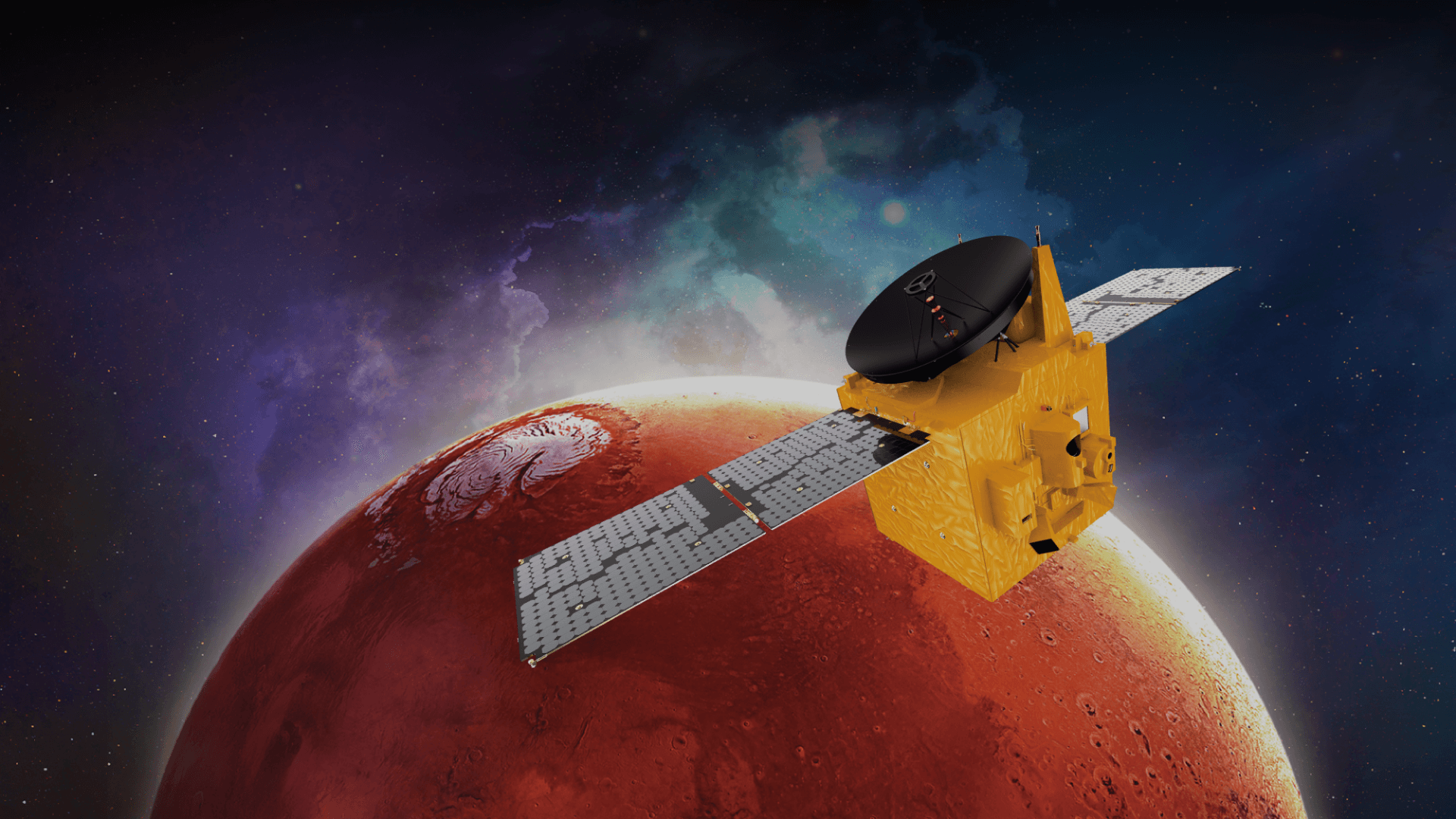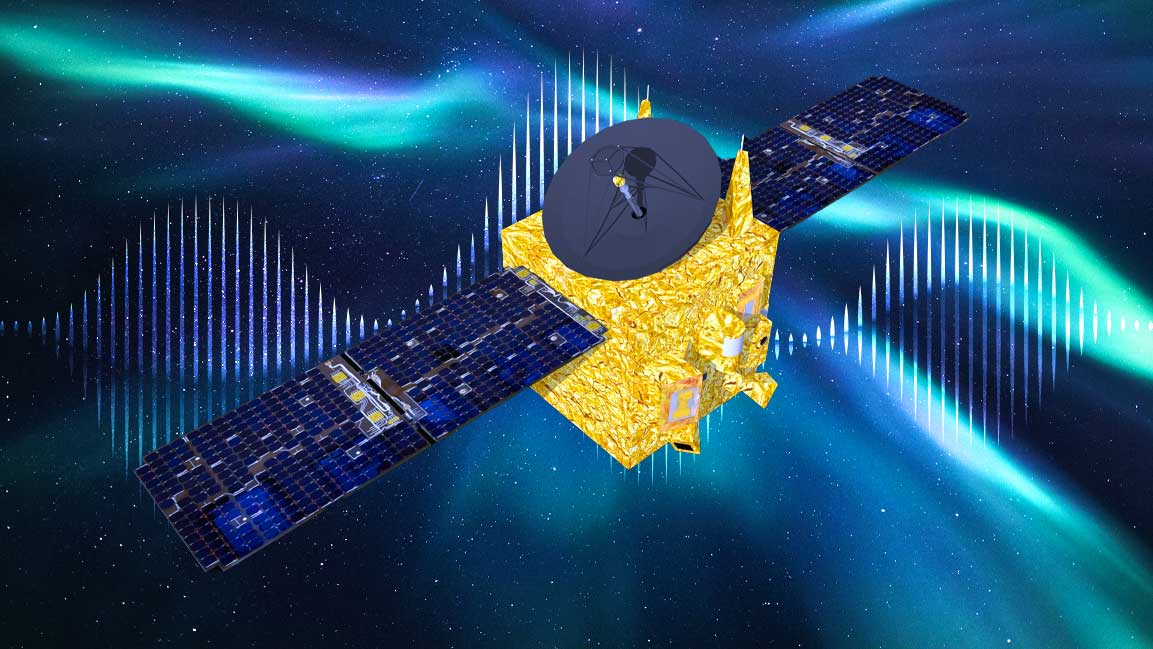
Emirates Mars Mission made its first observation of a new ‘patchy’ proton aurora on the red planet. Read to know more about the Arab nation’s first interplanetary mission.
What is the proton aurora?

The Emirates Mars Mission (EMM) is the first interplanetary exploration by an Arab nation. The project has made the first observation of a new type of proton aurora. It is comparable to the northern lights visible near the north pole on Earth. The northern lights occur as a result of the attraction of solar wind by the Earth’s magnetic field. Eventually, its collision with the atoms in our atmosphere leads to the formation. As per the UAE space agency, the patchy proton aurora on the red planet is a result of the high-speed solar wind impacting Mars’ dayside upper atmosphere. This emits ultraviolet light while slowing down.
The discovery was made from pictures of the dayside disk clicked by the Emirates Mars Ultraviolet Spectrometer (EMUS). The EMUS observes the upper atmosphere and exosphere of Mars. Additionally, it also scans for variability in the atmospheric composition and its escape to space. The aurora shows up as bright regions across the dayside in two UV wavelengths. They are associated with the Hydrogen atom. Under normal conditions, the dayside disk is uniform at these wavelengths. However, when the aurora occurs, certain regions become brighter at the wavelengths. This represents the intense localized energy deposition in the Martian atmosphere.
More on the Emirates Mars Mission
“We’ve seen emissions at these wavelengths before, thanks to proton aurora studies by NASA’s MAVEN (Mars Atmosphere and Volatile Evolution) mission, but these EMM EMUS images represent the first time we’ve had a global view of spatial variability in proton aurora at Mars, and the first time we’ve been able to unambiguously observe this patchy structure,” stated Mike Chaffin. Chaffin is a member of EMM’s science team. “We know that these wavelengths are only emitted by the Hydrogen atom, which tells us that super energetic Hydrogen atoms must be present in the atmosphere to produce the auroral emission. What we’re seeing is essentially a map of where the solar wind is raining down onto the planet,” he explained.
Maritan auroras were first discovered by NASA’s MAVEN and later revealed in ESA’s Mars Express mission. However, previous observations reveal uniform emissions, unlike the current observation. Al Matroushi, EMM’s science lead revealed this latest discovery adds a new event to the list of events being studied by the EMM. “The EMM Hope probe has so far uncovered many unexpected phenomena that extend our understanding of Mars’ atmospheric and magnetospheric dynamics. These new observations, combined with MAVEN data, have lifted the lid on entirely new possibilities for scientific research” stated the lead.
